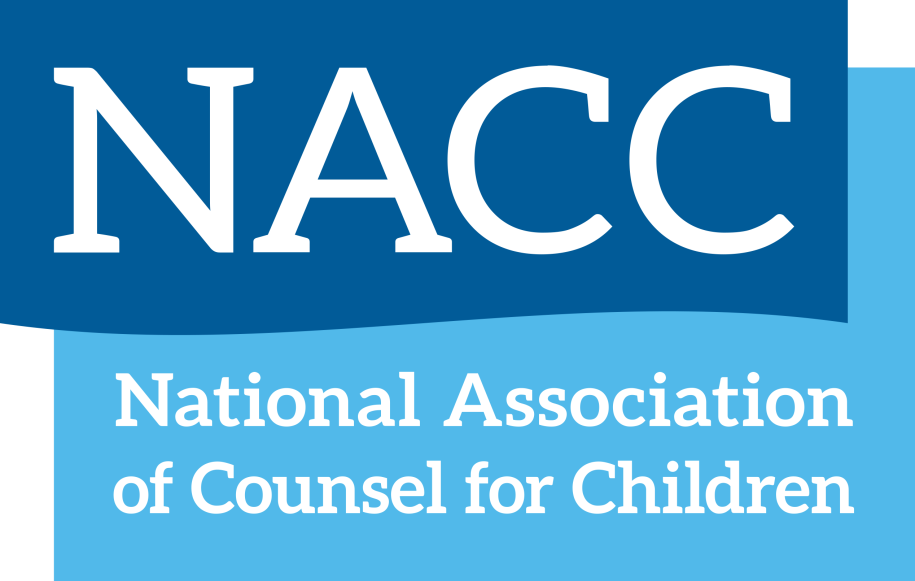NEW FEDERAL RULEMAKING FOR CHILD WELFARE LEGAL REPRESENTATION
In May 2024, the U.S. Children’s Bureau published a new regulation regarding Foster Care Legal Representation. The new rule codifies and expands the opportunity for federal matching funding for legal services that prevent and address foster care involvement. It presents a landmark opportunity for states to expand and improve access to justice for children, parents, kin, and tribes.
HOW CAN LEGAL REPRESENTATION POSITIVELY IMPACT CHILDREN AND FAMILIES?
High-quality legal representation has been shown to:
- Prevent family separation;
- Expedite timelines to permanency;
- Promote engagement in case planning and court hearings;
- Increase rates of kinship placement;
- Preserve school stability;
- Yield cost savings for government agencies.
WHAT ARE TITLE IV-E ADMINISTRATIVE FUNDS AND HOW DO THEY WORK?
The new policy entitles states to a 50% match for certain costs in eligible cases. Eligibility is not universal; it is dependent on household income and various court findings. The percent of eligible families varies widely between states.8 Nevertheless, all states have children who are Title IV-E eligible and for whom these funds can be leveraged to provide legal representation. While these funds must be accessed by the Title IV-E agency, which can include the child welfare agency, a juvenile probation agency, and tribe, these funds can be distributed by the Title IV-E agency to legal service providers for eligible activities.
DO FUNDS COVER PRE- & POST-PETITION LEGAL SERVICES INCLUDING CIVIL LEGAL AID?
Yes. The new rule provides matching funds for the independent legal representation of children, parents, guardians, relative caregivers, tribes, and Indian custodians within foster care court proceedings. It also includes legal representation to support young people as they age out of foster care consistent with a transition/case plan. The costs of agency counsel, which were already available, remain covered.
The rule also permits reimbursement for independent legal representation in other civil legal proceedings on behalf of a child, parent, or relative caregiver if that advocacy is related to the case plan for a child in foster care, or the case plan for a “candidate” for foster care. The rule defines a “candidate” as “a child who is potentially eligible for title IV–E foster care maintenance payments and is at serious risk of removal from their home as evidenced by the title IV–E agency either pursuing the child’s removal from the home or making reasonable efforts to prevent such removal.” A hotline call alone is not sufficient to be considered a candidate; there must be child welfare agency engagement with the family. For the purposes of this rule, civil legal aid proceedings also include administrative actions “for public benefit eligibility determinations, denials and appeals.” Criminal defense and most immigration work is not covered.
WHAT IS INDEPENDENT LEGAL REPRESENTATION?
Independence, “at minimum, means “[n]ot subject to control or influence by other parties, interested persons, nor the title IV–E agency” per the new rule. Independent legal representation encompasses both in- and out-of-court advocacy strategies such as “facilitating, arranging, brokering, advocating, or otherwise linking clients with providers and services as identified in the child’s case plan.”
CAN THESE FUNDS BE USED FOR MULTIDISCIPLINARY LEGAL REPRESENTATION MODELS?
Yes. The new rule covers the costs of attorneys and the multidisciplinary teams that support them such as investigators, paralegals, peer partners, and social workers. Overhead expenses are also eligible.
ARE THERE SPECIAL PROVISIONS FOR TRIBES?
Yes. If a dependency proceeding has been initiated, Title IV-E administrative funds can be used to represent tribes. This is the case even if a tribe opts not to formally intervene in the court proceedings, but still “participates” in “key decision points” such as placement and service meetings. Tribes (and only tribes) may also opt to use this funding for representation by a non-attorney. These funds can be used to represent an “Indian custodian,” which is described as an Indian person who has legal custody of a child under tribal law or custom or to whom temporary physical care, custody, and control has been transferred by the parent of such child.

